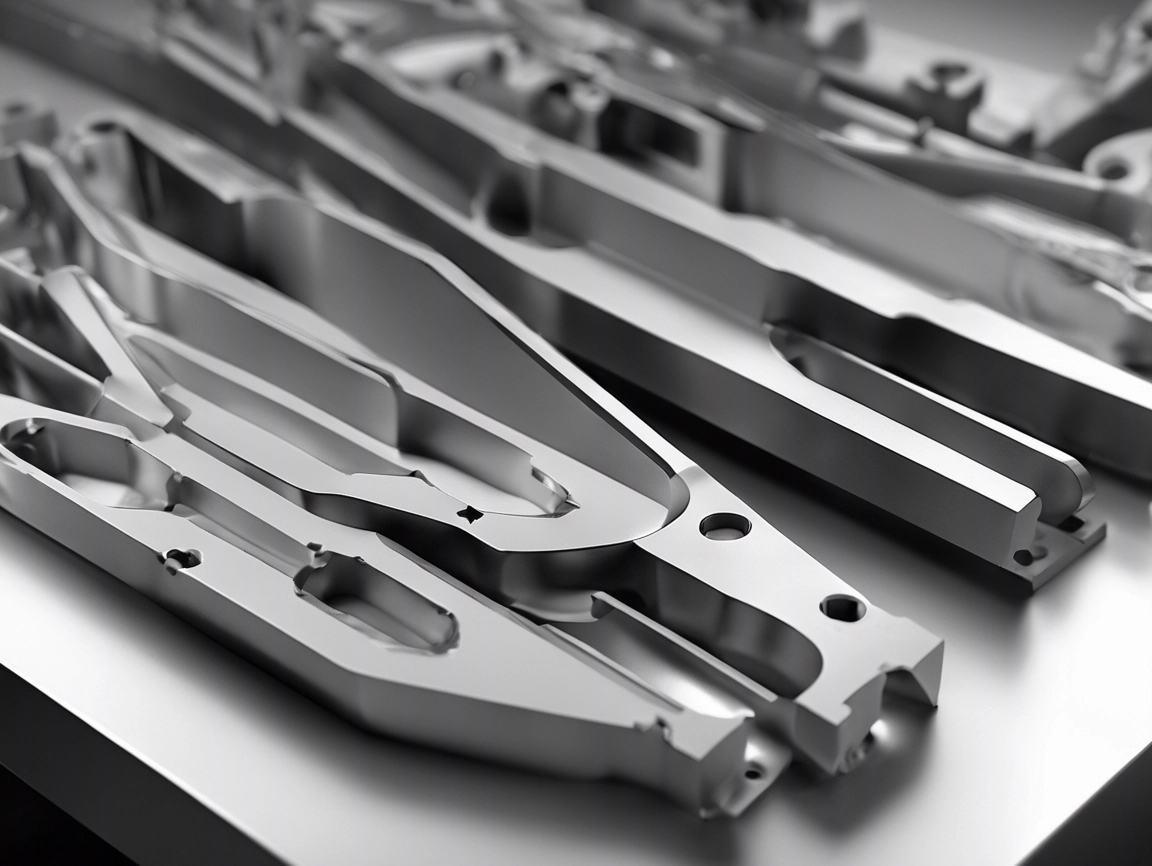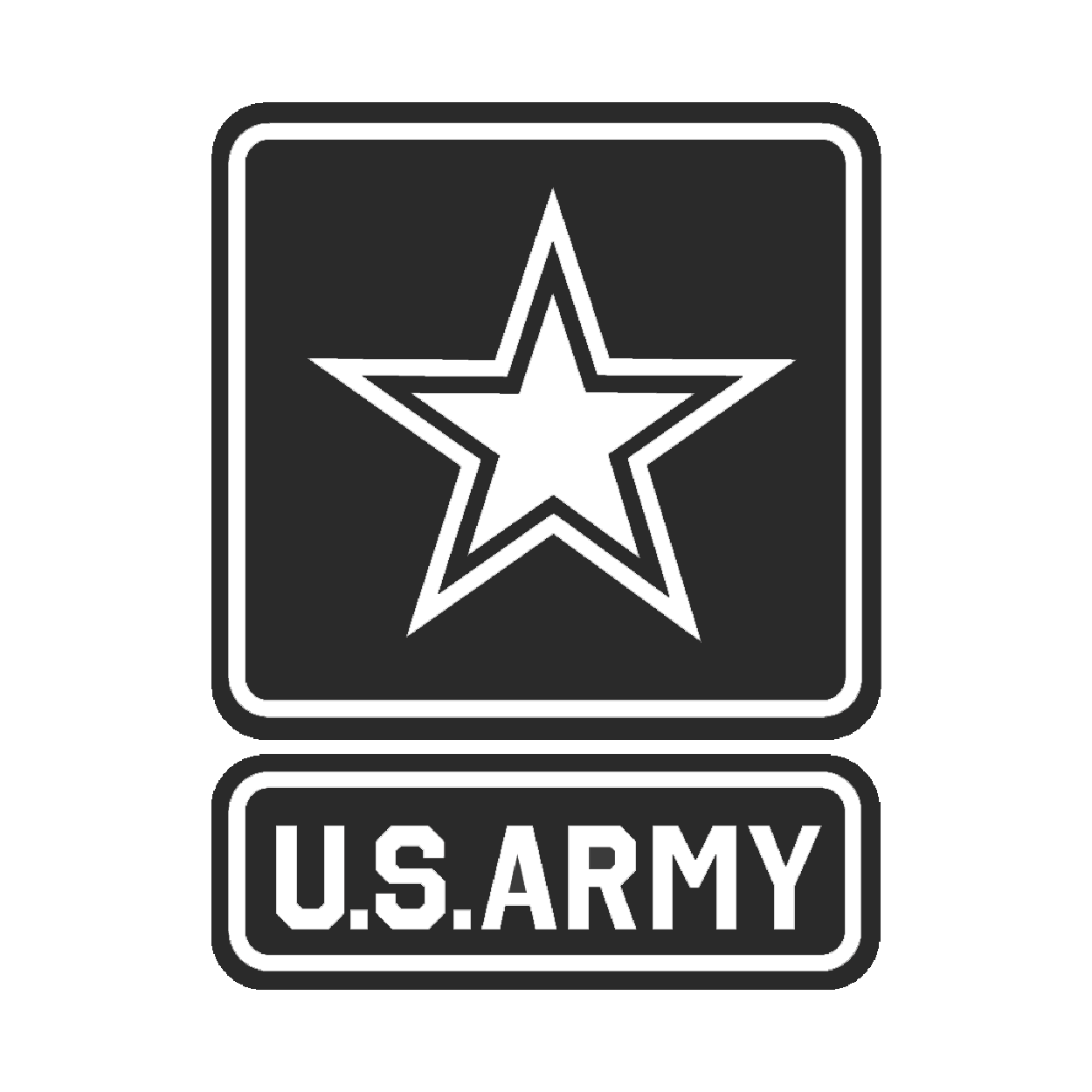
Choosing between a fillet and a chamfer in manufacturing and engineering can significantly impact the final product. Both features serve essential purposes, but determining the best option for your application requires careful consideration. In this blog post, we’ll explore the key differences between fillets and chamfers, their advantages and disadvantages, and a guide to help you make an informed decision for your next project.
What are the differences between fillets and chamfers?
Fillets and chamfers are two standard design features used in manufacturing and engineering. The critical difference is that a fillet is a rounded internal or external corner, while a chamfer is a beveled edge. Fillets help reduce stress concentrations and improve a part’s appearance, while chamfers facilitate assembly and ease the flow of materials.
What is a fillet?
A fillet is a smooth, rounded curve that transitions between two intersecting surfaces, either on the interior or exterior of a component. This elegant design feature is widely utilized in manufacturing and engineering, as it not only improves the structural integrity of a part by reducing stress concentration points but also enhances its visual appeal. Fillets simplify fabrication, making machine and assembly components more accessible while promoting better flow in fluid applications. Overall, the incorporation of fillets contributes to the durability and functionality of engineered products.
What is a chamfer?
A chamfer is an edge treatment characterized by a sloping or beveled cut at the corner of a part, which serves various purposes in both functionality and aesthetics. Its primary role is to create a smoother transition between two surfaces, minimizing sharp edges that could cause injury or wear. Chamfers are widely utilized in manufacturing and engineering applications, as they help reduce stress concentrations, improve the fit of assembled parts, and facilitate easier machining processes. Additionally, chamfers enhance the visual appeal of components, providing a more finished and professional look. They can be found in various materials and designs, making them a versatile feature in product development.

Advantages and disadvantages of fillets and chamfers?
When it comes to part design, including fillets and chamfers can significantly impact your components’ overall functionality and manufacturability. In this section, we’ll explore these design features’ key advantages and disadvantages to help you make informed decisions for your next project.
Advantages of Fillets
Improved stress distribution: Fillets help to reduce stress concentrations at sharp corners, enhancing the part’s structural integrity and fatigue life.
Enhanced aesthetics: Smooth, rounded edges created by fillets can provide a more visually appealing and professional-looking finish to your parts.
Easier manufacturing: Fillets can simplify the manufacturing process, particularly for processes like CNC machining and injection molding, by reducing the risk of tool breakage and improving part ejection.
Advantages of Chamfers
Simplified assembly: Chamfered edges can facilitate the alignment and mating of parts during assembly, making the process smoother and more efficient.
Improved deburring: Chamfers can help to remove sharp edges and burrs, reducing the risk of injury during handling and assembly.
Enhanced part functionality: Chamfers can improve the flow of fluids or gases around the part, enhancing its performance in specific applications.
Disadvantages of Fillets and Chamfers
Increased material usage: Incorporating fillets and chamfers can slightly increase the overall material required for the part, which may impact the cost.
Potential for interference: Depending on the part’s design and the assembly requirements, fillets and chamfers may require careful consideration to avoid interference with other components.
Complexity in manufacturing: Fillets and chamfers can simplify specific manufacturing processes, but they can also add complexity, particularly for intricate or tight-tolerance parts.
When designing your parts, it’s essential to carefully evaluate the trade-offs between the advantages and disadvantages of fillets and chamfers. You can optimize your part design by striking the right balance for improved performance, manufacturability, and overall product quality.

How to decide whether your project needs one or the other.
Additive Manufacturing
Choosing between a fillet and a chamfer is a crucial design decision when preparing a 3D model for printing. Each feature serves distinct purposes and can significantly affect the final part differently.
To begin with, fillets are rounded corners that help strengthen and distribute stress throughout a part. Consequently, they are instrumental in preventing cracking or breaking, especially in high-stress areas. On the other hand, chamfers feature angled edges that enhance the part’s aesthetics, facilitate assembly, and eliminate sharp edges.
When designing for additive manufacturing, it is advisable to consider using fillets to reinforce critical areas and chamfers to improve your part’s appearance and functionality. Consulting with an experienced digital manufacturing partner can provide valuable guidance on utilizing these features for your project needs.
CNC Machining
Choosing between a fillet and a chamfer for your CNC machining project can significantly impact the final product. Both features serve different purposes and offer unique advantages. Therefore, it is essential to understand when to use each.
A fillet is a rounded internal or external corner formed by blending two surfaces. Fillets help reduce stress concentrations and improve the part’s appearance while facilitating easier handling. Consequently, fillets, such as consumer products or medical devices, are standard in applications where smooth transitions and aesthetics are critical.
On the other hand, a chamfer is a beveled edge created by removing a portion of material at an angle. Chamfers serve multiple purposes: ease tool entry, prevent sharp edges, and improve part assembly. As a result, they are particularly beneficial in applications where part fit and function are critical, such as in mechanical assemblies or structural components.
When deciding between a fillet and a chamfer, it is vital to consider your project’s specific requirements. These include the part’s intended use, the manufacturing process, and the desired appearance. By thoroughly understanding the differences and selecting the appropriate feature, you can ultimately optimize the performance and quality of your CNC machined parts.
Are you ready to start your project?
FAQs
A fillet is a smooth, rounded transition between two surfaces in manufacturing, improving strength and reducing stress concentrations.
A chamfer is a beveled edge or corner in manufacturing, used to ease the transition between two surfaces, improve aesthetics, and prevent sharp edges that could cause injury or damage.










